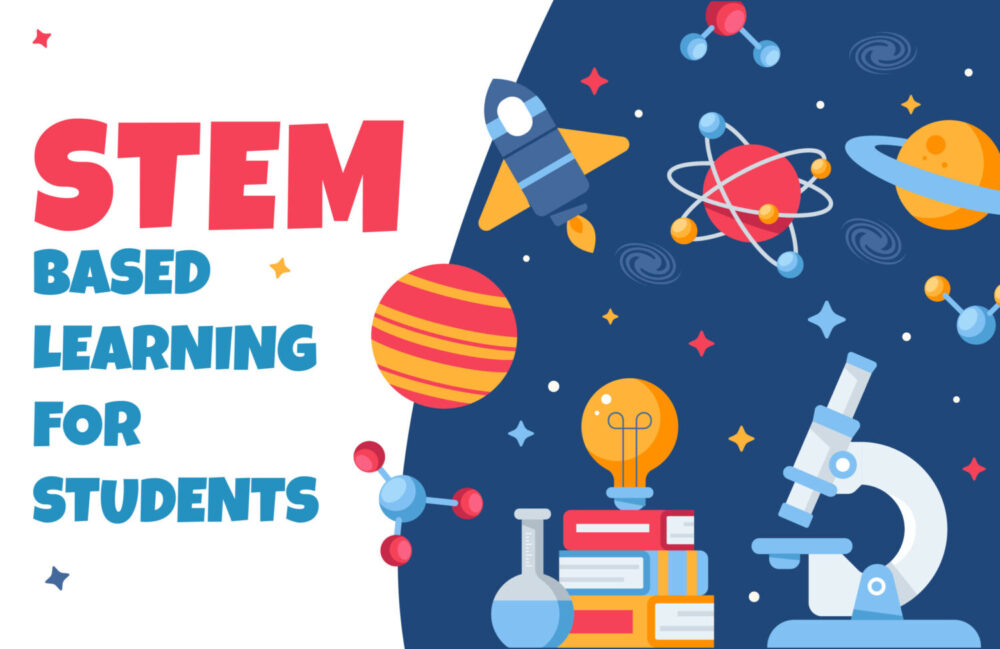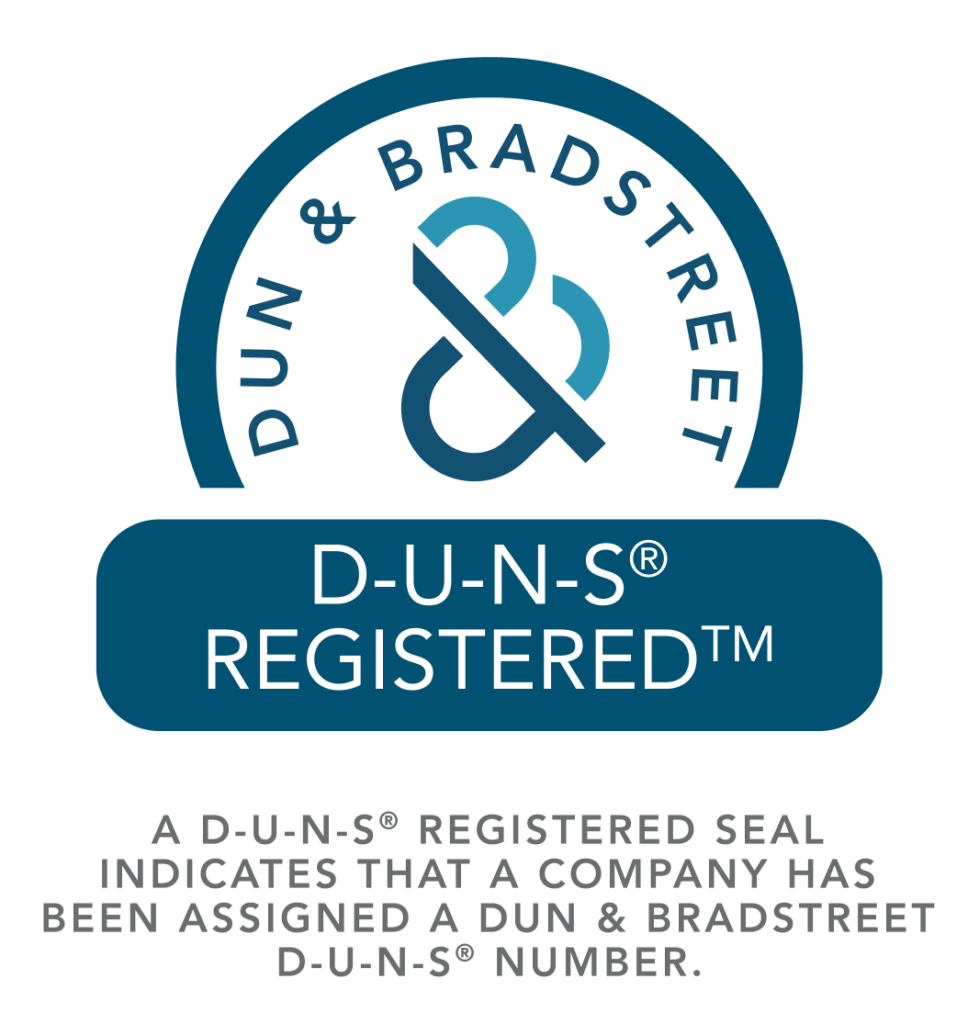STEM (Science, Technology, Engineering, and Mathematics) education has become increasingly important in the modern world, where technological developments are reshaping the future. STEM education for students encourages their creativity, critical thinking, and problem-solving abilities outside of the limits of the traditional classroom.
STEM education for students has become increasingly important in preparing students for the challenges of the 21st century. Traditionally, STEM subjects have been taught through theoretical lectures and textbook learning. However, there is a growing recognition of the benefits of hands-on, experiential learning in STEM education.
Learning STEM Subjects Through Experiments vs. Theoretically
Theoretical Learning: Lectures, readings, and demonstrations are used to teach concepts to students studying STEM subjects conceptually. They frequently have memorized formulas and data to memory without completely understanding the fundamental concepts behind them.
Learning via Experiments: Compared to this, experiential learning involves hands-on activities where students actively interact with the subject subject. They get a better understanding of the concepts by carrying out experiments, noting things, and drawing conclusions.
Benefits of Learning Through Experiments
Better Understanding: Through experiments, students can see how STEM principles are used in the real world, which makes the material more relevant and significant to them.
Improved Problem-Solving Skills: Students develop their critical thinking and problem-solving skills through experiments. They are urged to formulate theories, put them to the test, and evaluate the outcomes, which helps them become more adept at solving problems.
Enhanced Engagement: Students find hands-on learning to be more interesting than standard theoretical learning. They are able to actively engage in their education, which may improve their memory of the material.
Promotes Creativity and Innovation: Experiments encourage students to think creatively and come up with innovative solutions. This fosters a culture of innovation and prepares students for future challenges.
Theoretical Learning: In a traditional theoretical physics class, students would be taught Newton’s laws of motion through lectures and readings. They would memorize the three laws and perhaps solve a few problems to demonstrate their understanding.
Learning Through Experiments: In an experiential learning approach, students would engage in hands-on experiments to understand Newton’s laws. For example, they could use a simple setup of a car on a ramp to demonstrate the first law of motion (inertia). By varying the mass of the car or the angle of the ramp, students can observe how these factors affect the motion of the car, helping them understand the concept experientially.
STEM education for student provides them with the critical thinking, innovative, and problem-solving skills necessary to meet the challenges of the future. It goes beyond simply teaching science, technology, engineering, and maths to students.
STEM education is not only vital but also required in every aspect of society. Innovation and progress in many sectors, such as manufacturing, healthcare, agriculture, and finance, are driven by STEM talents. As the digital era progresses, the importance of STEM education for students will only rise. We must make STEM education our top priority and ensure that every kid has access to high-quality STEM learning opportunities since it is the key to a bright and sustainable future for all.
There are many ways in which STEM (Science, Technology, Engineering, and Mathematics) education is incorporated into commonplace items and situations, frequently without our awareness. Here are a few examples:
Technology and Smartphones: Smartphones are an excellent example of how STEM ideas are incorporated into everyday objects. They use a variety of technologies, including wireless communication, touchscreens, GPS, and cameras, all of which are based on STEM (science, technology, engineering, and math) concepts.
Transportation: Engineering, mathematics, and physics concepts are used in the design and operation of all transportation systems, including those found in cars, trains, and airplanes. STEM ideas are essential in the transportation industry for anything from creating efficient engines to streamlining traffic.
Home Appliances: STEM concepts are used in the design and engineering of home appliances, such as the laundry room washing machine and the kitchen microwave. To build these gadgets, an in-depth knowledge of STEM concepts is required.
Buildings and Infrastructure: The construction of buildings and infrastructure such as bridges and roads involve a deep understanding of engineering and mathematics. STEM ideas are used by engineers and architects to create constructions that are both effective and safe.
Healthcare Devices: Medical devices such as MRI machines, pacemakers, and prosthetic limbs are all examples of how STEM is integrated into healthcare. For these gadgets to work properly, physics, engineering, and biological fundamentals are required.
Environmental Monitoring: Instruments used for monitoring air quality, water pollution, and climate change are all developed using STEM concepts. These tools help us understand and address environmental issues.
Entertainment and Gaming: Video games and entertainment systems are developed using software engineering, computer graphics, and mathematics. These technologies create immersive experiences for users.
Food Production and Agriculture: Modern agricultural practices rely heavily on technology and engineering to improve crop yields and efficiency. Agricultural machinery and methods use concepts from engineering, chemistry, and biology.
In conclusion, STEM education is integrated into every object and aspect of our daily lives. Gaining an appreciation for the environment around us and preparing ourselves to innovate and develop new technologies for the future are two benefits of understanding STEM concepts.
STEM education has gained significant importance in recent years, and educational companies like STEMROBO are at the forefront of this revolution. STEMROBO provides a range of STEM kits and lab solutions that empower students to explore, learn, and innovate in the fields of Science, Technology, Engineering, and Mathematics.
A range of kits are available from STEMROBO that are intended to engage children and improve their comprehension of STEM concepts. A few of the major kits consist of:
Robotic Kit: By allowing students to construct and program their own customized robotic toy, the robotic kit helps them learn the fundamentals of automation, robotics, and programming.
Arduino Kit: Using Arduino boards, sensors, and actuators, students may develop projects that teach electronics, programming, and sensor technologies.
STEM labs: To assist schools in setting up fully operational STEM labs, STEMROBO offers complete STEM lab solutions, including a variety of kits, equipment, and curriculum support.






